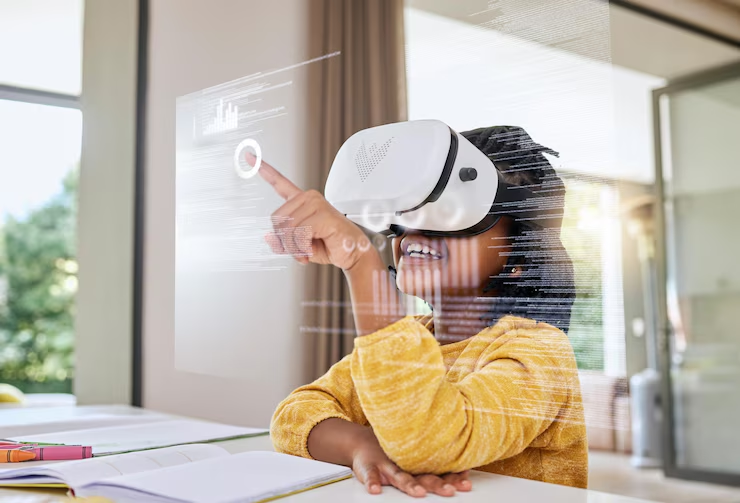Future of VR social experiences and metaverse apps is shaping the next chapter of digital communication. At Tech Remain, we dive deep into how these technologies are creating virtual spaces that mimic real-world interactions. From social gatherings to virtual workspaces, users are engaging in more realistic and dynamic ways than ever before. This evolution is not just transforming how we connect, but also expanding what connection means in a tech-driven world.
Future of VR social experiences and metaverse apps is driven by innovation, community involvement, and user creativity. These immersive platforms are building new cultures, offering social freedom, and redefining entertainment. The tech industry is focusing on more user-friendly, inclusive designs that invite people of all backgrounds to participate in this immersive wave. As the digital and physical worlds blend, the future holds boundless opportunities for deeper, more meaningful connections.
Rise of Immersive Virtual Hangouts
VR environments replicate physical spaces where users meet, talk, and engage. Platforms now offer lifelike avatars, spatial audio, and rich, animated expressions to make every interaction feel natural. Whether attending virtual parties, business meetings, or casual chats, the level of realism in VR social settings is transforming how people connect without being in the same room.
The Metaverse as a Digital Lifestyle Hub
Metaverse apps are evolving into full-fledged digital hubs where users work, play, learn, and socialize. Instead of switching apps for different tasks, users stay within a seamless environment. Virtual real estate, digital fashion, and personalized avatars are becoming expressions of identity, while monetization options open up new paths for creators and professionals.
Social Games and Interactive Worlds
Gaming plays a huge role in the metaverse experience. VR social games allow friends and new acquaintances to compete, collaborate, and explore together. Unlike traditional games, these platforms encourage spontaneous conversations and team-building. This social interactivity promotes stronger bonds and continuous engagement.
Accessibility and Inclusivity in VR Platforms
The push for accessibility in VR ensures that the metaverse is open to more users. Developers are introducing features for those with disabilities, including voice navigation, customizable interfaces, and adjustable environments. These inclusive steps are vital in making sure everyone has a fair chance to participate and benefit.
Data Privacy and User Safety in the Metaverse
With increased user activity in virtual spaces, safeguarding privacy becomes crucial. Responsible platforms are working to ensure secure identities, safe interactions, and transparency. Users can now better control who they interact with, how their data is stored, and the experiences they engage in without fear.
Blending Reality with Augmented Experiences
While VR builds full virtual worlds, its integration with AR bridges real and digital. Social VR platforms are adding real-world elements into virtual spaces. Whether it’s attending a live concert, joining a virtual classroom, or walking through a 3D-rendered museum, this blend of experiences provides users with unique, interactive dimensions.
FAQs:
Q1. Can you access metaverse apps without expensive VR gear?
A: Yes, many apps are now offering desktop and mobile-friendly versions for accessibility.
Q2. Are VR social experiences only for gamers?
A: Not at all. People use VR for events, meetings, therapy, education, and socializing.
Q3. How do you stay safe in VR environments?
A: Platforms provide safety tools such as reporting features, personal boundaries, and secure logins.
Q4. Can users earn through metaverse apps?
A: Absolutely. Many platforms support creators, streamers, and developers with monetization tools.
Q5. Are VR experiences good for mental well-being?
A: They can promote social interaction and emotional expression, helping users reduce feelings of isolation.
Conclusion
The future of VR social experiences and metaverse apps promises to reshape human connection with technology at its core. These platforms are becoming mainstream spaces where creativity, interaction, and innovation flourish. With constant improvements in design, safety, and user engagement, the virtual future looks bright and deeply connected. As we embrace these changes, the digital world will feel even more like home.




